Deciding to invest in company health insurance in the UK can be a difficult decision. It can be tricky to know when it’s financially the right road to go down. And in the UK, you know that your employees are safely looked after by the NHS – so why would you need to invest in health insurance?
In this article, we’re going to explore the types of benefits available, why offering your employees an attractive benefits package has multiple advantages and how it can have unexpected advantages for your business and its future too.
Key Elements
NOTE: It is important to point out that products and benefits types vary depending on your insurance provider. The below information is intended as a very general and broad guide of what the market offers.
The elements below are a demonstration of what can be found within an employee benefits package. Not all packages will include all of these options – one or a few is more common, but it is dependent on needs, preference and cost.

Private Medical Insurance (PMI)
This benefit would give the employee cost assistance when it came to private medical treatment. This allows your employees to be seen quickly by specialists, at a time and location of their choosing.
This flexibility and speed of treatment mean that the employee can be healthy and back at work as soon as possible. It is important to note that the specialists and treatment must be recognised and authorised by the insurer before any treatment goes ahead.
Critical Illness Insurance
We spend almost as much time with our co-workers as our family, and in some cases, they become close friends. The thought of one of your co-workers or employees being struck down by a critical illness is a horrible thought, but it is vital to plan for the worst-case scenario.
Critical Illness Insurance means that, in the event of an employee being diagnosed with one of several specific illnesses listed within a policy, the individual can receive a tax-free lump sum.
This lump sum can go a long way towards assisting them with costs, whatever they may be. Critical illnesses and their associated life changes can be expensive for the employee’s family, so this lump sum can be a lifeline.
Insurers have different definitions of critical illness, so guidance from an expert or broker can be invaluable. Some of the conditions that are usually covered include heart issues, cancer and strokes.
Group Income Protection (GIP)
GIP is used if an employee can no longer work due to injury or long term illness. Income protection will pay a percentage of their salary as a regular monthly income.
Normally, payments begin after a certain amount of time off work, but an employer can choose from the options offered by the insurer when they want the benefits to kick in.
Sick Pay Insurance is a variation of this cover that can be used as a short-term income protection plan. This provides short-term financial support for absence due to sickness. The waiting period can be shorter, even as little as one week. It also works well when set up alongside a company’s existing income protection scheme.
Life Insurance aka Death in Service
Life Insurance is put in place in case the very worst happens.
In the event of an employee dying, this product pays a tax-free lump sum to their family and dependents.
The amount of benefit the dependents receive is usually calculated as a multiple of the employee’s salary. For example, if an employee earned £50,000 and chose the 4 times salary benefit, the family would receive a lump sum of £200,000.
This money can be used to support the family at a difficult time and acts as a protective financial buffer.

Health Cash Plan
A cash plan is a lower cost healthcare plan option. It is designed to cover the everyday healthcare costs that you pay directly to the provider of your choice.
The cash plan is usually paid for by the company, for the benefit of the members of the scheme. It allows the employee to claim back the cost of treatments like eye tests, dental treatment and physiotherapy.
The employer pays a monthly premium, which can range from as little as £5 a month to £65+ per member, depending on the options and benefit level chosen. The plan allows the employee to claim all or a portion of the money back.
Company cash plans are very affordable and easily accessible to most companies.
Dental and Optical Insurance
These plans are very popular and go towards paying the cost of routine dental and optical treatment.
Dental benefits range from routine examinations, fillings, polishing and crowns, to dental injuries and more serious forms of dental treatment. The benefits depend on the level of cover and type of product purchased.
Optical cover can go towards the reimbursement of glasses, contact lenses and eye tests.
Some insurers also include optical and dental insurance as an optional benefit alongside a private medical insurance plan, obviating the need for a separate plan.
Health Screening
A health screening approach allows employees to have health checks and medical examinations that form part of a pre-emptive approach to company healthcare.
A benefit of health screening is that it allows the employees to be more health aware. Regular health checks help to ensure that they know about the health impact of lifestyle choices or could lead to the early diagnosis of a previously undetected medical condition. Appropriate treatment can then commence, potentially with a more positive outcome for the employee.
Additional Benefits
As well as the above, there are other benefits like workplace pensions, workplace ISAs, share schemes, car allowances, childcare vouchers, gym memberships and employee discount portals.

Why Benefits Are Vital
Your benefits package is not just a “gift” to employees.
It is also a strategic asset you use to attract the talent you need to keep your business growing.
From the point of view of the employer, it might seem as though these benefits are an additional cost that is only beneficial to the recipient. When you look a little deeper, you can see that this simply isn’t true.
When a company offers competitive employee benefits, you can:
- Recruit and retain the best employees
- Boost employee retention rates
- Boost company morale
- Improve company culture
- Have a more engaged and productive workforce
It has been shown that nearly 80% of employees would prefer new or additional benefits over a pay rise.
Whilst on the face of it, a percentage pay increase might seem attractive, many workers are aware that pay rises of 10% or less (which most are) reflect a very small pay-packet increase due to the proportional tax increases.
Benefits offer a very real-world financial application. They can help ease the financial strain in very simple and usable ways, like not having to worry about the cost of a filling at the dentist.
The decision to invest in employee benefits will also positively impact your relationship with your workforce. Benefits have been linked to increased loyalty, focus, productivity, attendance and employee retention. The benefits will also help to attract the best possible candidates for roles within your company.
At the end of the day, investing in your employees shows them that you care about their welfare, which is something you can’t put a price on.
Solving the Puzzle
All companies are different, and so are their needs. What works well for one, might not for another.
Here’s the issue:
Employees who work within certain industries and types of companies might have expectations about the level of benefits offered. Some… Not so much.
These expectations are shared by the prospective employees of the company when they’re exploring job opportunities and options. The inclusion of generous benefits can sometimes make all the difference, so this part of the employee satisfaction process mustn’t be overlooked.
Knowing where to begin when considering employee benefits can be difficult. A specialist can help you to understand the level of benefits that best suit your company.
Assembling your employee benefits is like assembling a large jigsaw puzzle. Misplace one piece, and you cannot complete the picture. We wholeheartedly recommend seeking advice from a professional, whether that is us or not!

Conclusion
Employee benefits can start with a small investment from the employer, but it can make a big difference to the employees. Even small benefits, like dental and optical care, hugely increase the attraction of the company, employee loyalty, retention and productivity.
[Adapted from ‘An Essential Guide to Healthcare for Companies‘ by Isaac Feiner]

